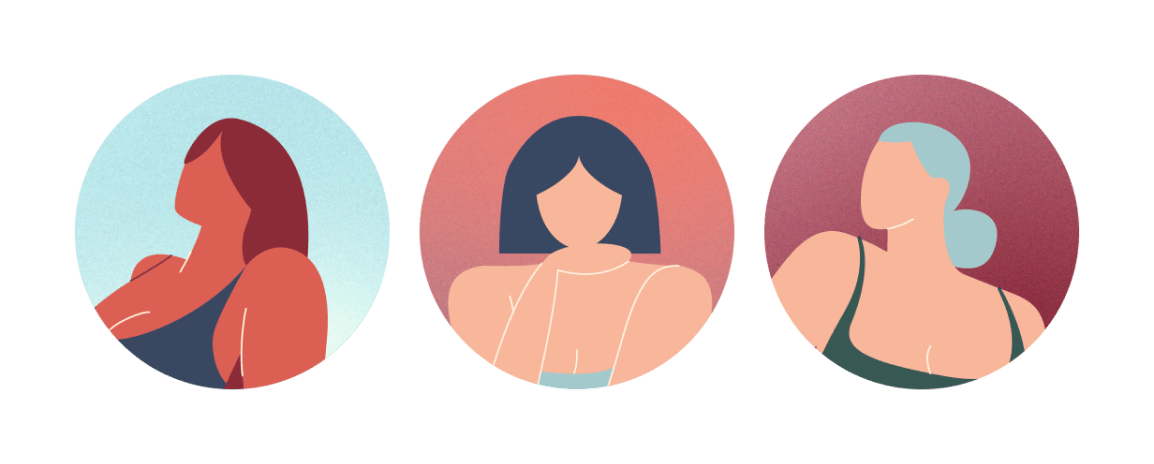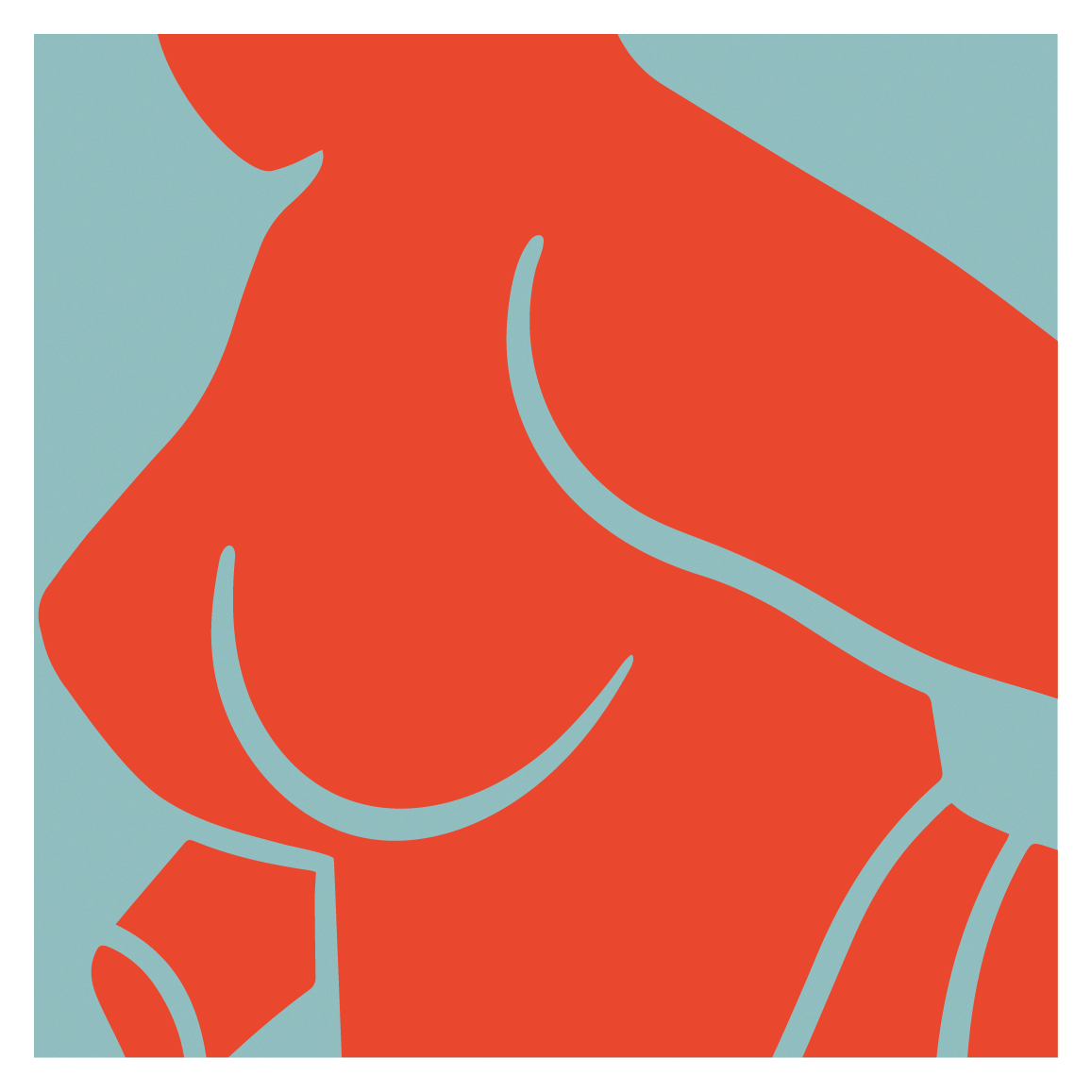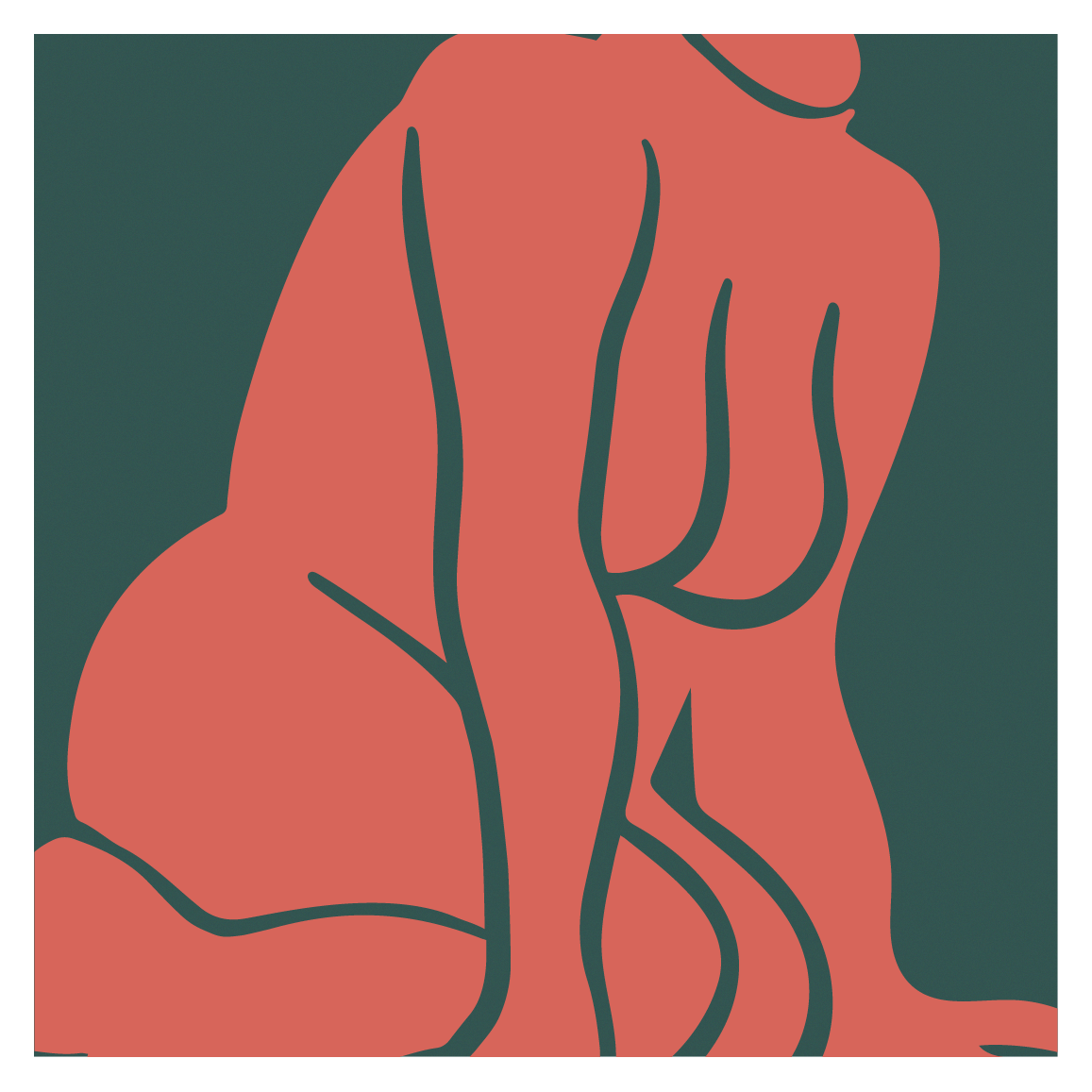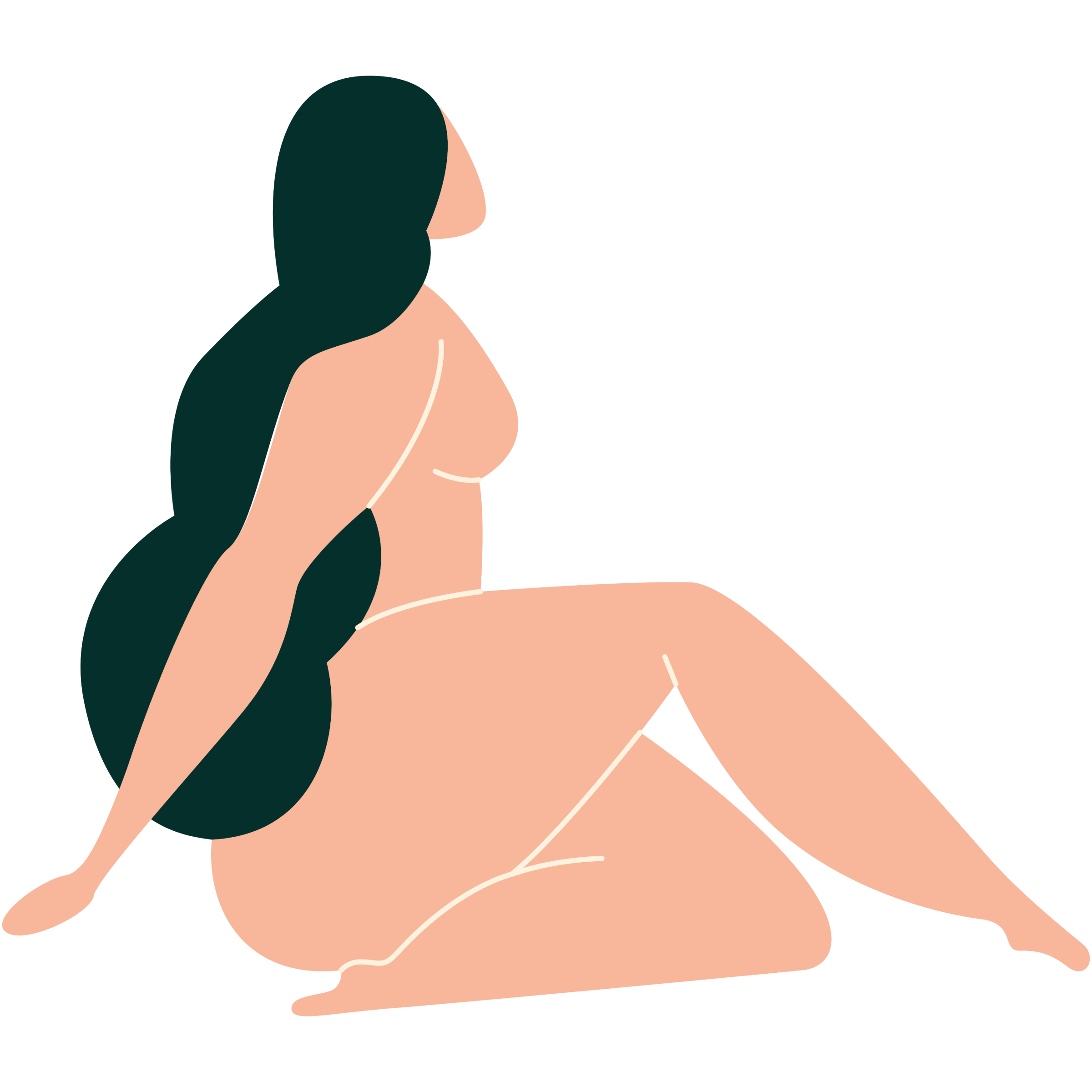
Body
Get to know your body through a better understanding of your anatomy and find the answers to some of your most common questions.
Back
All topics
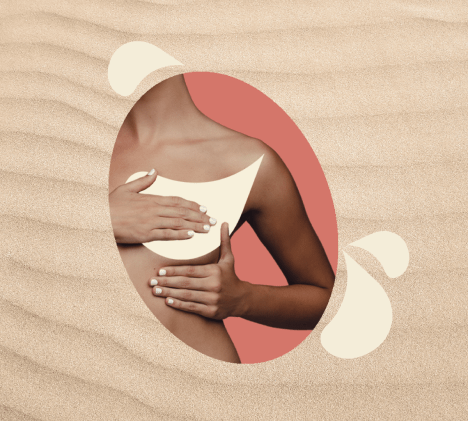
4 resources

20 resources

6 resources
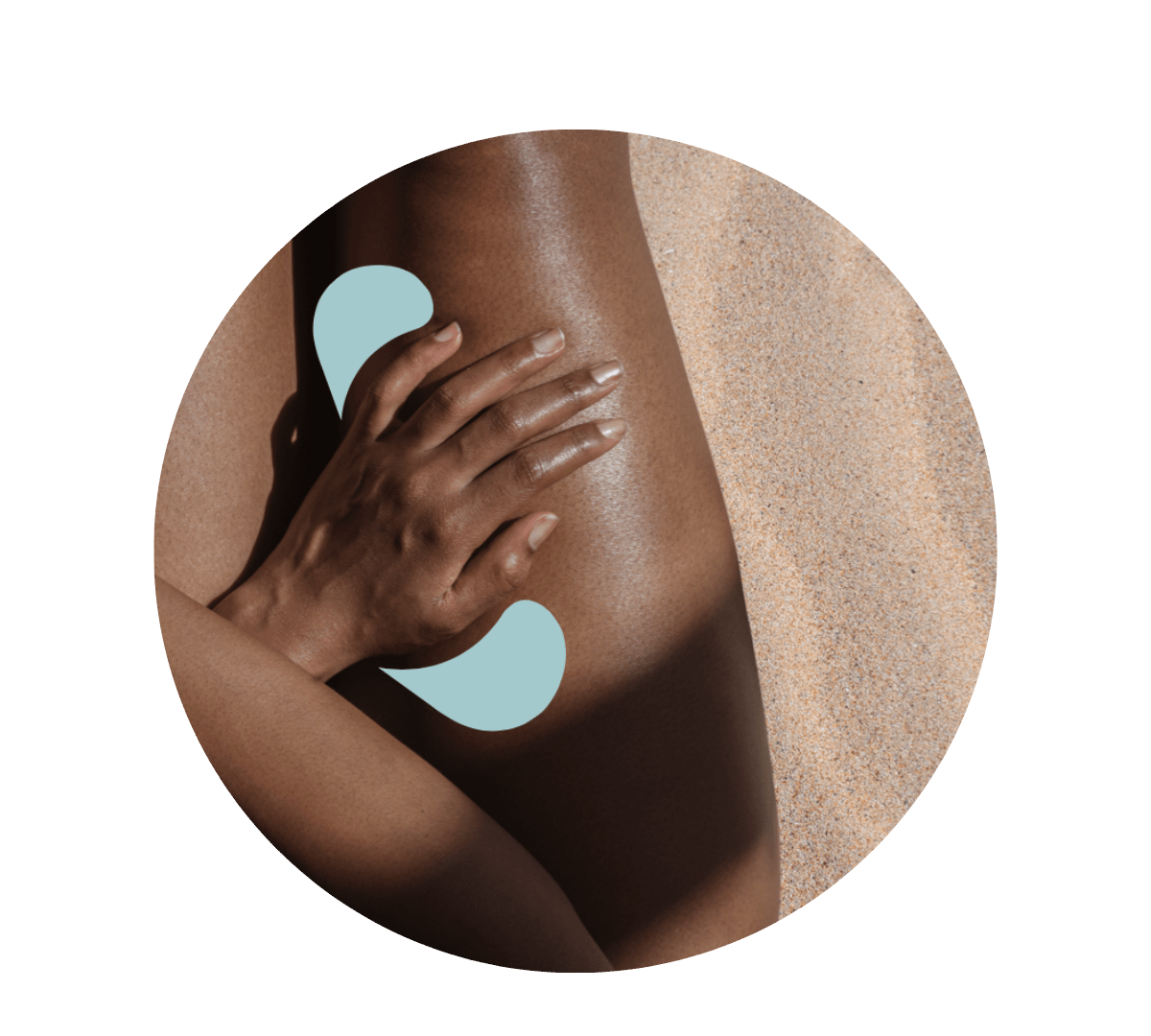
4 resources

6 resources
Back
All topics

9 resources

12 resources

4 resources

11 resources

2 resources
Back
Back
All topics
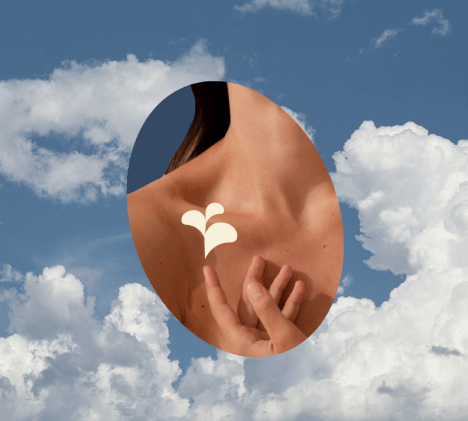
17 resources

11 resources
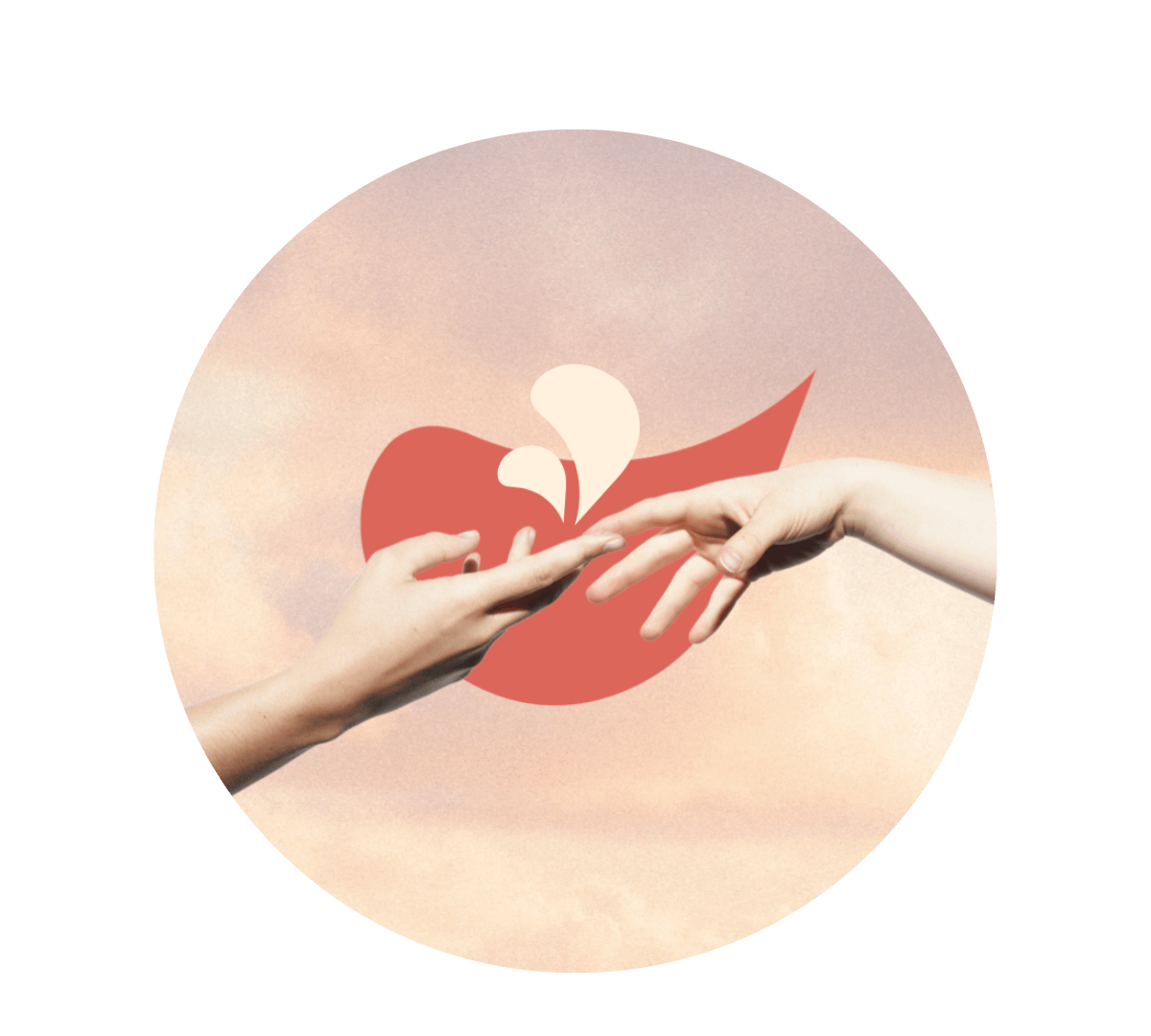
17 resources

2 resources

Mauj Products
We’ve designed our products to help you explore your body, solo or otherwise. Whether you’re a curious novice or a seasoned explorer, this is for you.
Back
All topics

4 resources

20 resources

6 resources

4 resources

6 resources
Back
All topics

9 resources

12 resources

4 resources

11 resources

2 resources
Back
Back
All topics

17 resources

11 resources

17 resources

2 resources

Mauj Products
We’ve designed our products to help you explore your body, solo or otherwise. Whether you’re a curious novice or a seasoned explorer, this is for you.
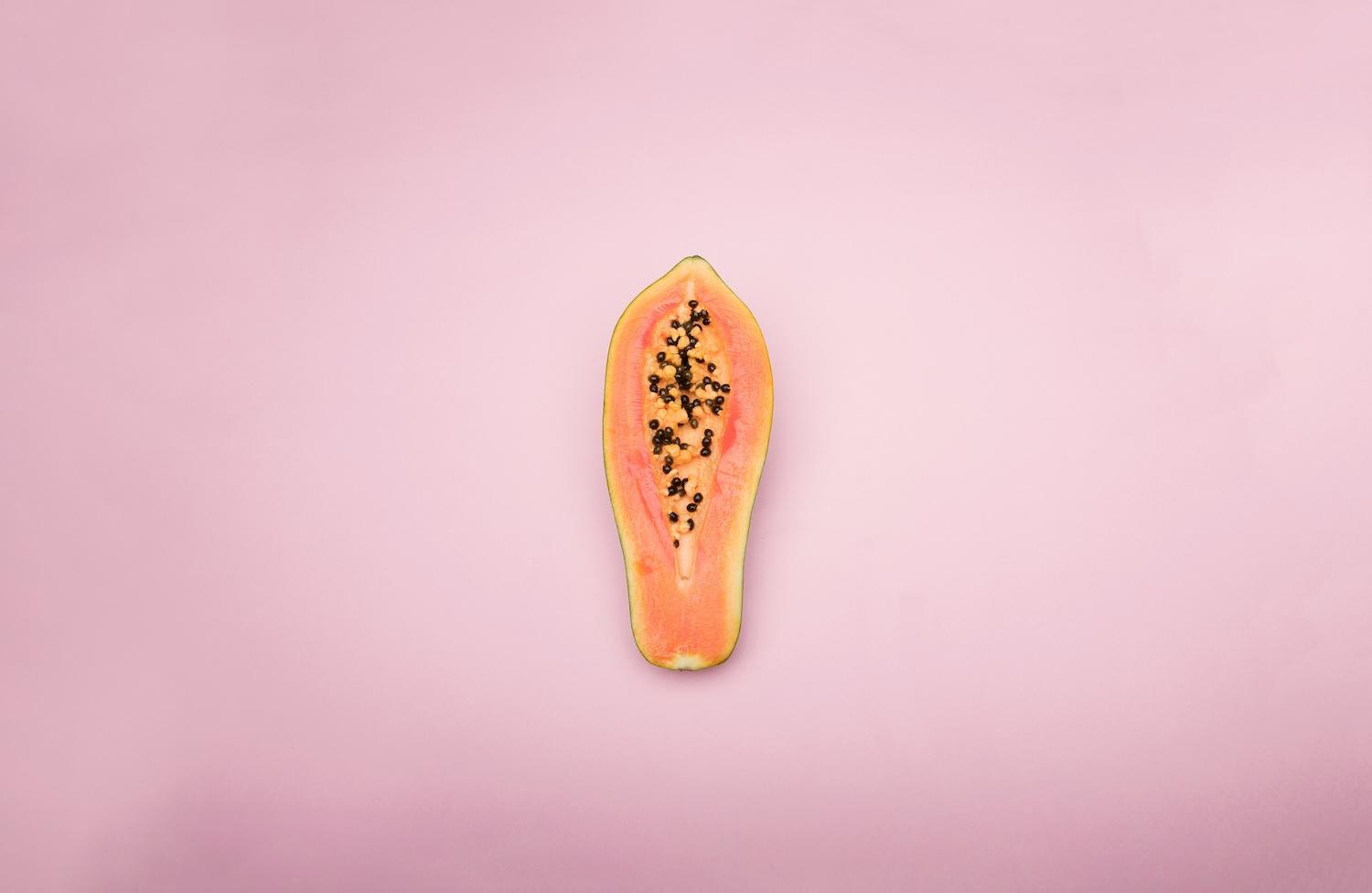
The first day of your last period
Average cycle length (days)
Your estimated ovulation date
Your estimated fertile window
Learning about ovulation is important if you're planning to start a family, trying to avoid pregnancy, or just curious about how your body works.
We’re here to give you the tools and knowledge to make informed decisions about your reproductive health.
Ovulation is a key phase of your menstrual cycle, and it plays a crucial role in reproduction.
During ovulation, one of your ovaries releases a mature egg, also known as an ovum. This typically happens around the middle of your menstrual cycle.
Once released, the egg is picked up by the fallopian tube to be fertilized by a sperm, potentially leading to pregnancy.
If the egg isn’t fertilized, it will be shed along with the uterine lining. This shedding is what you experience as your period each month.
Your fertility window is the time when you’re most likely to get pregnant. It’s typically a few days before your ovulation and the day of ovulation. Here’s a simple breakdown:
Ovulation Day: This is the day the egg is released. It's often the peak of your fertility.
Fertile Window: Usually, this is about 5-6 days before ovulation and the day of ovulation itself.
Here are some signs:
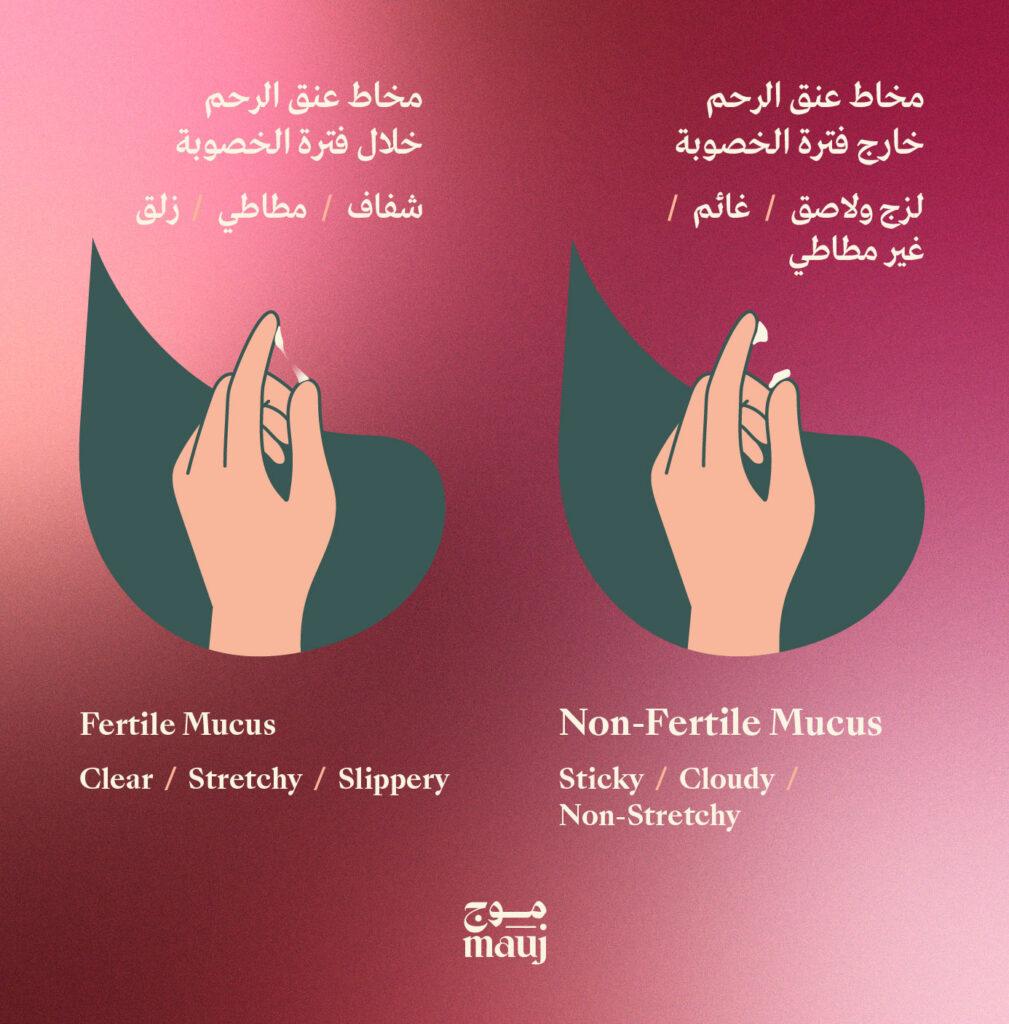
Keep in mind that menstrual cycles can vary widely from one woman to another and even from month to month.
While the average cycle is around 28 days, your cycle might be shorter or longer. It's important to track your own patterns and consult with a healthcare provider for personalized advice.
RELATED: I’m Not Ready to Have Kids, So Why Should I Care About Fertility?
Did you find the answer you were looking for? Is there something we missed? What did you think of this resource? We want to hear from you.
